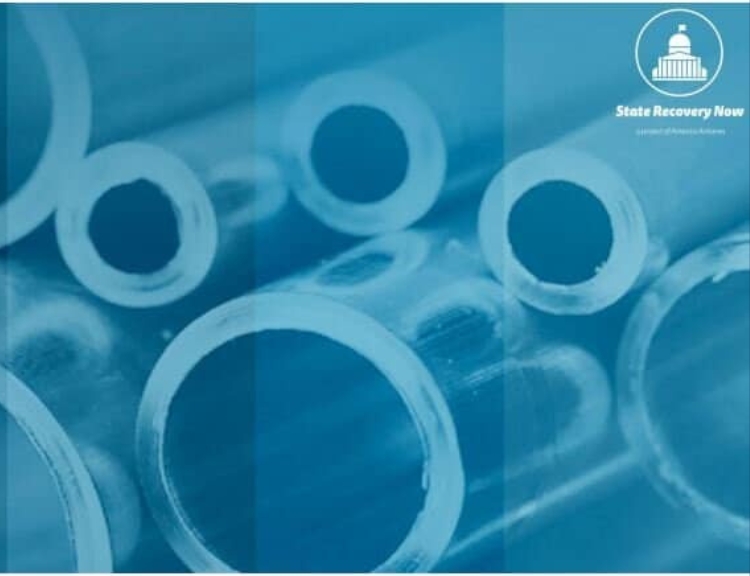How to Evaluate Predictive Models for Lead Service Line Inventory and Replacement
The EPA has included predictive modeling as a service line material investigation method. The approach sounds straightforward: use the information you know to make predictions about what you don’t yet know.
If you are not a trained data scientist, how do you pick an approach? This guide will cover what predictive modeling is and give you seven questions to ask to help you choose wisely.
What is Predictive Modeling for Lead Service Lines?
Utilities do not have complete or even accurate service line materials records. In the absence of comprehensive records, utilities have turned to data science to predict unknown service line materials. They can then use those predictions to prioritize lines for excavation and replacement.
A predictive model uses known information to predict what is unknown: service line materials in this case.
A model can use many inputs, including the utility’s historical records, and information about the local built environment such as build year, zoning, location, demographics, information on nearby infrastructure like fire hydrants, and local water samples.
The process is iterative: Where lead is and is not found guides the model to make better predictions.
Get the full guide to evaluating predictive models for lead service line inventory and replacement.




